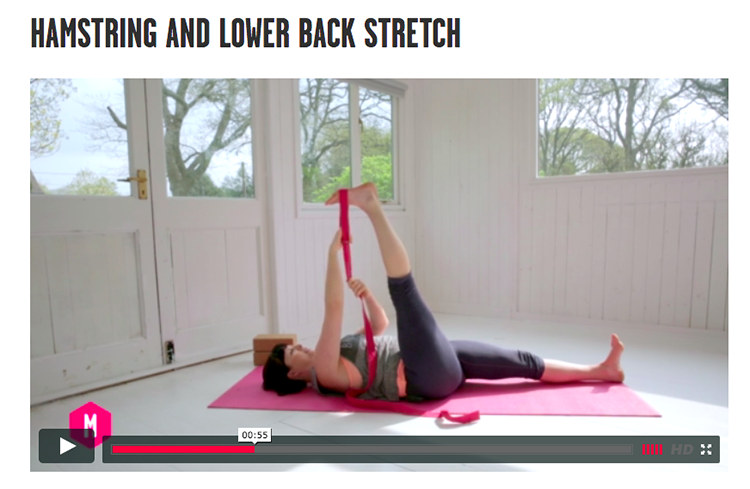A subtle harmony plays continuously inside the body; however, we are often too head-oriented to listen and remain unaware until our wellbeing is affected. When it comes to notes of discomfort, can you distinguish between spiritually necessary pain and pain that indicates injury?
This was one of the questions yoga therapist Matthew Remski asked Kino MacGregor in a discussion surrounding her recent hip injury.
The popular Ashtangi affirmed the difference between acceptable delayed-onset muscular soreness and pain that is to be avoided (think: joint pain, or pain within practice that makes you wince).
>> THIS SHORT YOGA CLASS IS GREAT FOR THOSE RECOVERING FROM INJURIES >>
In the article, Remski revealed that most of the biomechanics specialists, kinesiologists, neurologists and orthopedic surgeons he has consulted for his project, WAWADIA (What Are We Actually Doing In Asana), question the “borderline-mystical theories” of stretching, saying, “This new consensus is overturning popular notions of bodily alchemy that echo through sources ranging from medieval to New-Age to high-end-spa-speak.”
He later explains that no one, including MacGregor, can know whether that alchemy is stable, and for how long.
We wish MacGregor a speedy recovery and admire her outlook on the situation.
“When you’re injured, you have to ask ‘Am I really going to do Marichyasana C, or am I going to let my hip joint heal?’ In my case, I’m going to let my hip joint heal. Does that annoy me? Sure. But it’s my ego that’s hurting. So then that is the tapas. That is the real teacher. That’s more yoga than just going in and hammering out the asanas,” she said.
After all, yoga is more about the mind than physical postures.
“Whenever there is a conflict between your mind and body, your body is almost always going to be right more than your mind, because the body is natural, your mind is societal. The body belongs to this vast nature, and your mind belongs to your society, your particular society, age and time. The body has deep roots in existence and the mind is just wavering on the surface,” the mystic Osho said.
In this particular age and time, when social media adds a filtered layer to the dynamics of society, we urge you to move aside your ego, tune in deeply to your body, and be extra sensitive to it as you stretch.
Stay tuned for an interview with Matthew Remski from our founder, Kat Farrants!







Pingback: The Why Should Inform the How - Movement for Modern Life Blog
Pingback: 3 Ways to Age with Positivity - Movement for Modern Life Blog
Pingback: Strength Through the Ability to Release and Restore - Movement for Modern Life Blog
Pingback: 5 Tips to Deepen and Advance Your Yoga Practice - Movement for Modern Life Blog
Yoga is a systematic attack to ego
gedeprama|bellofpeace.org